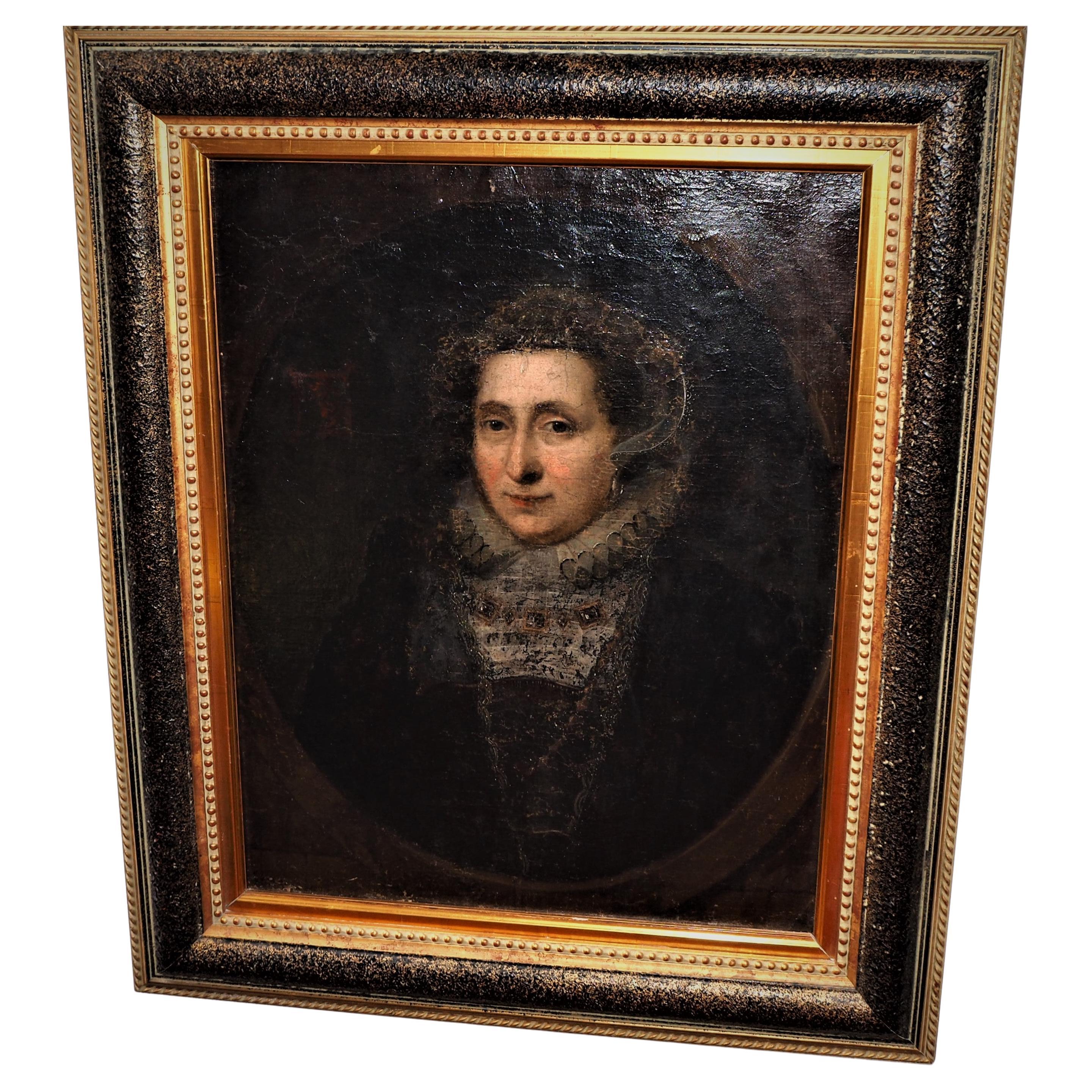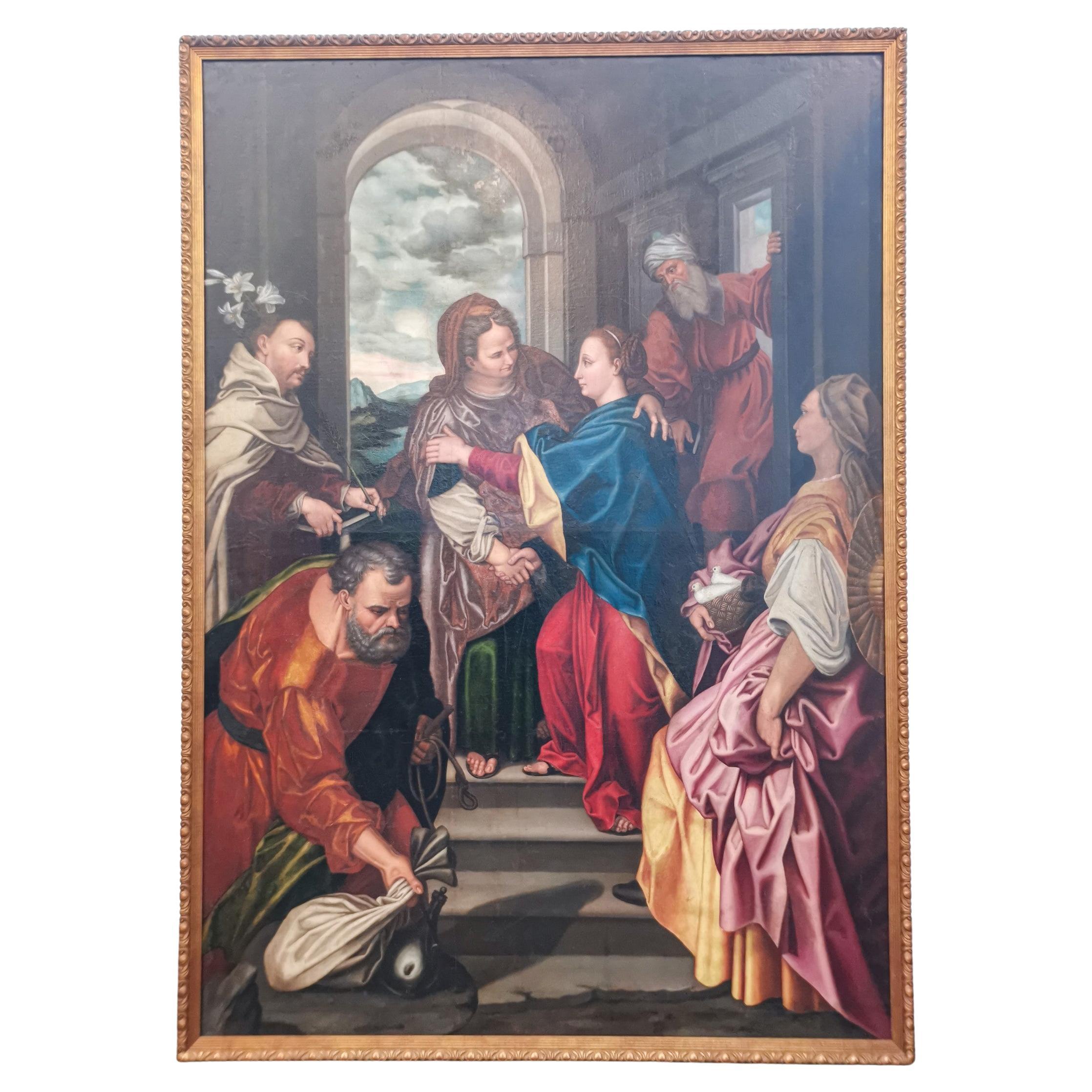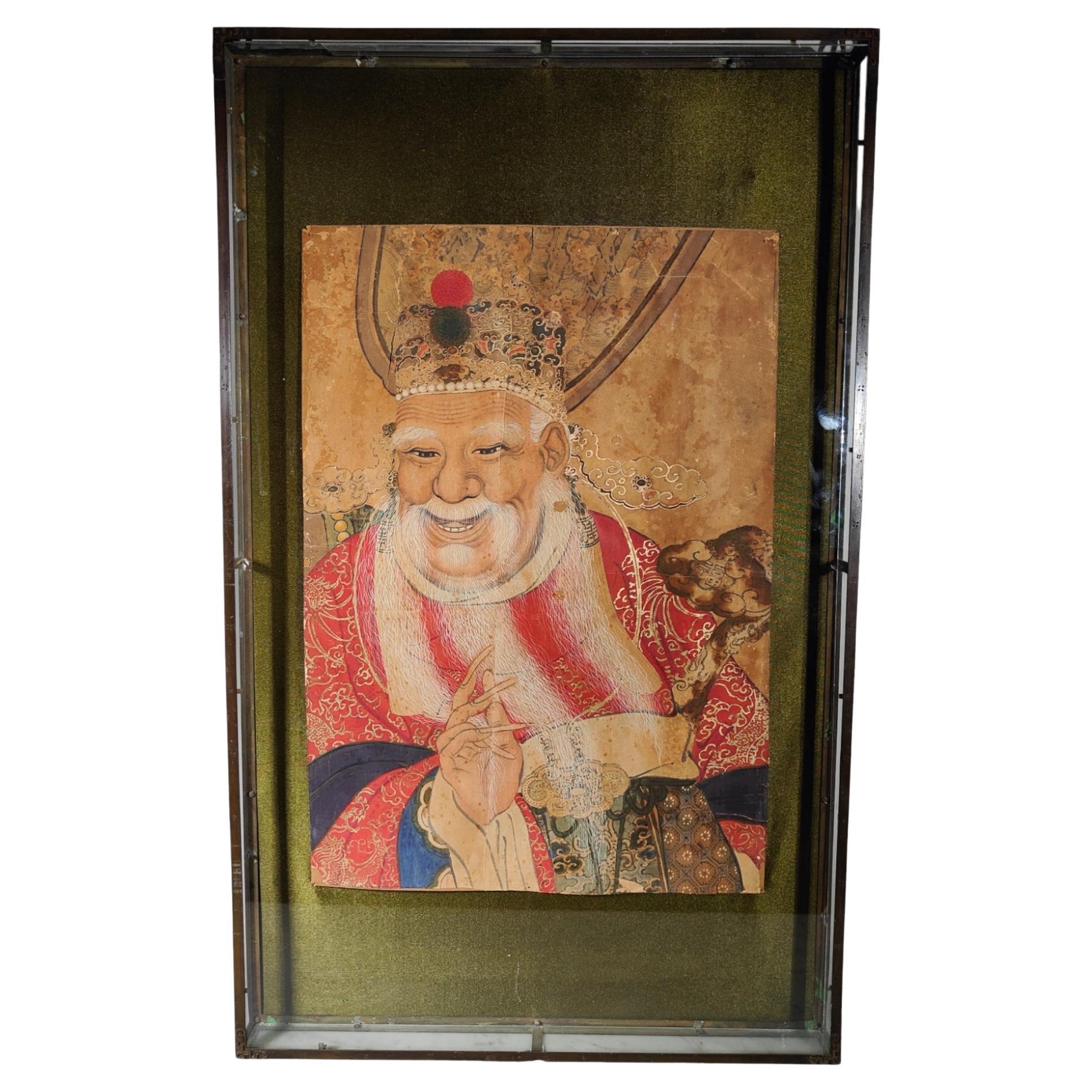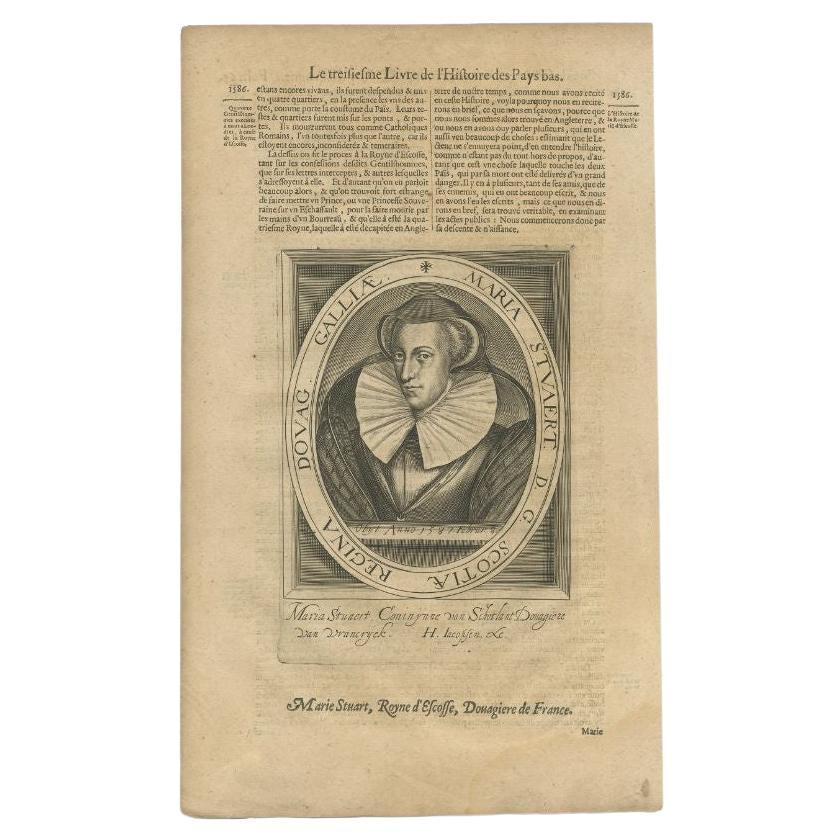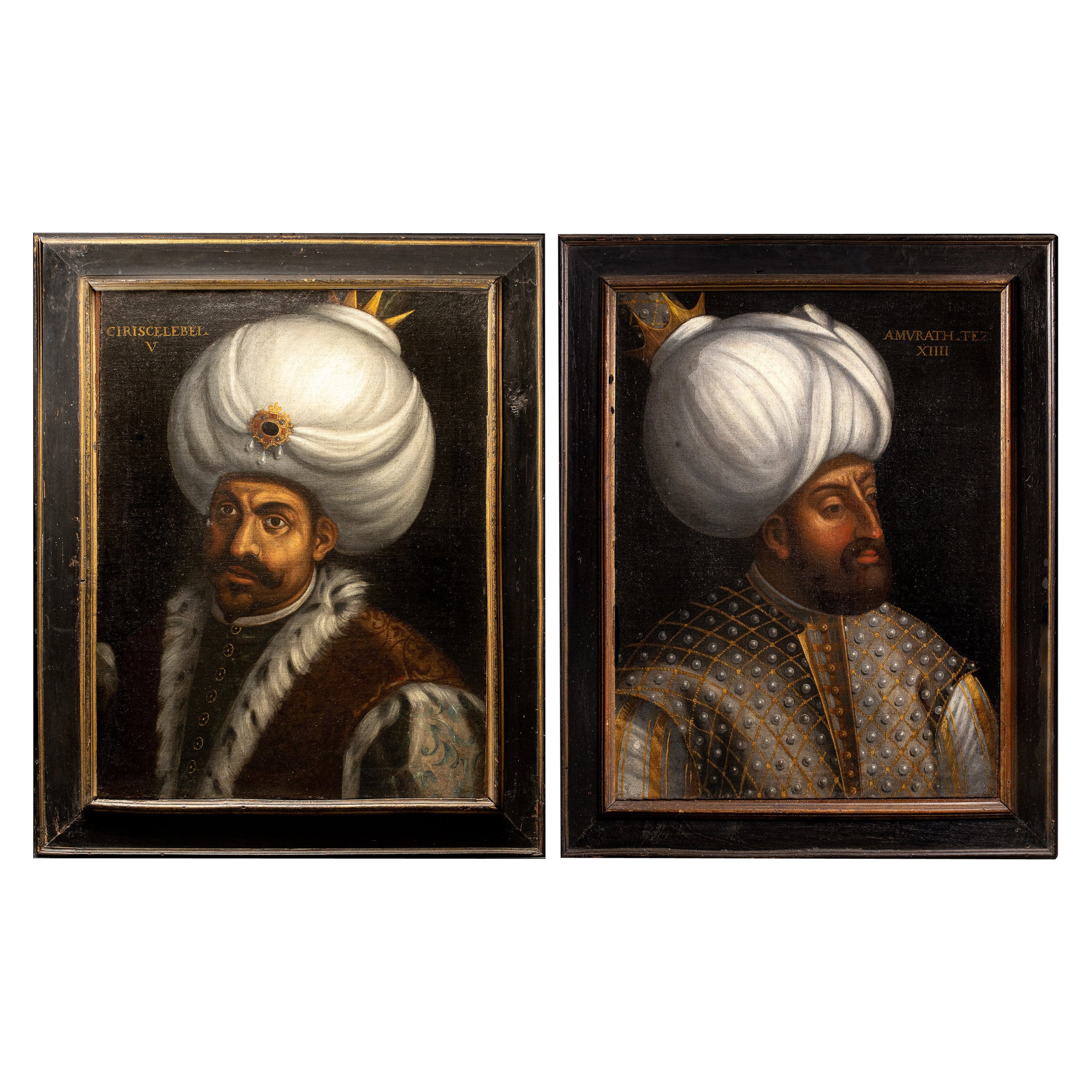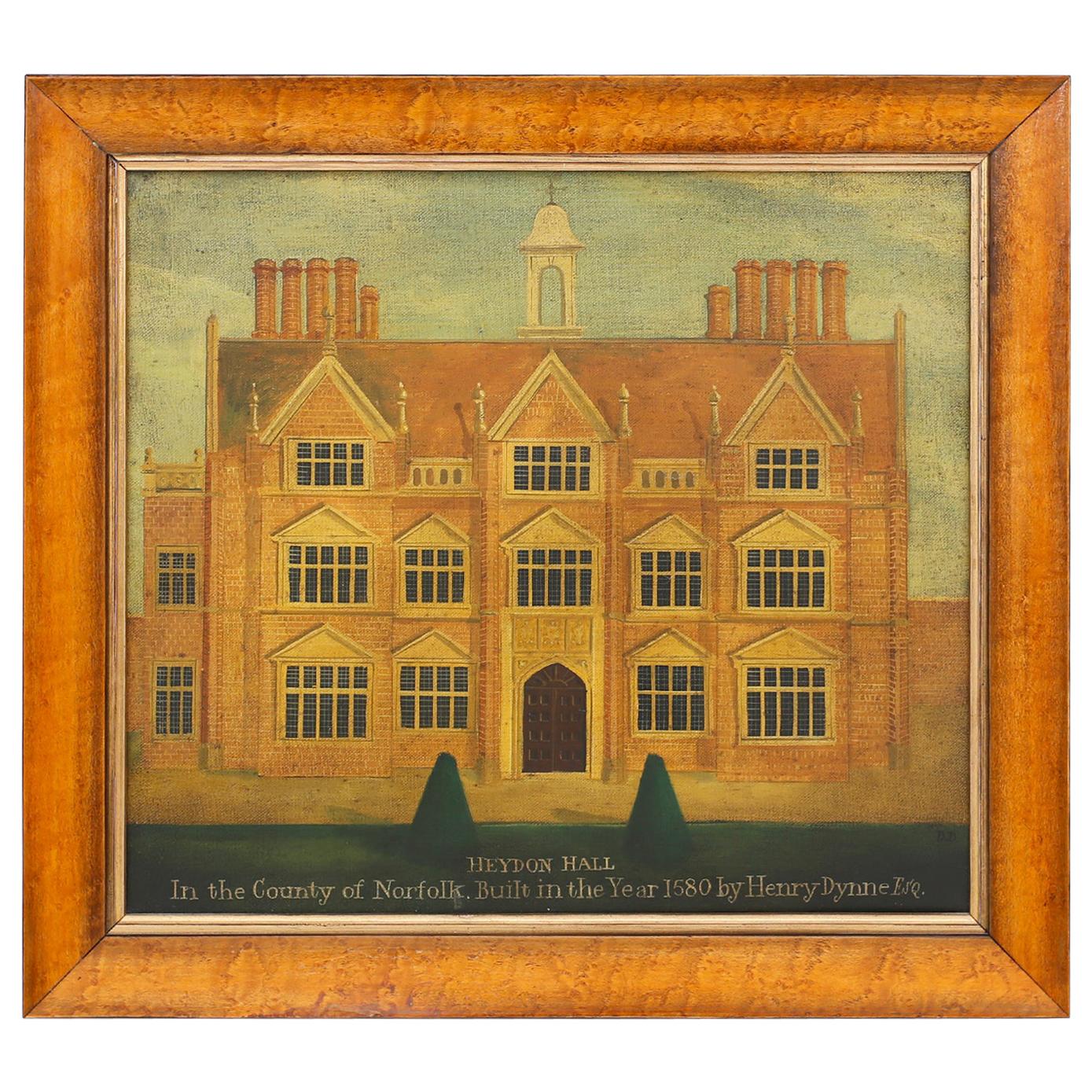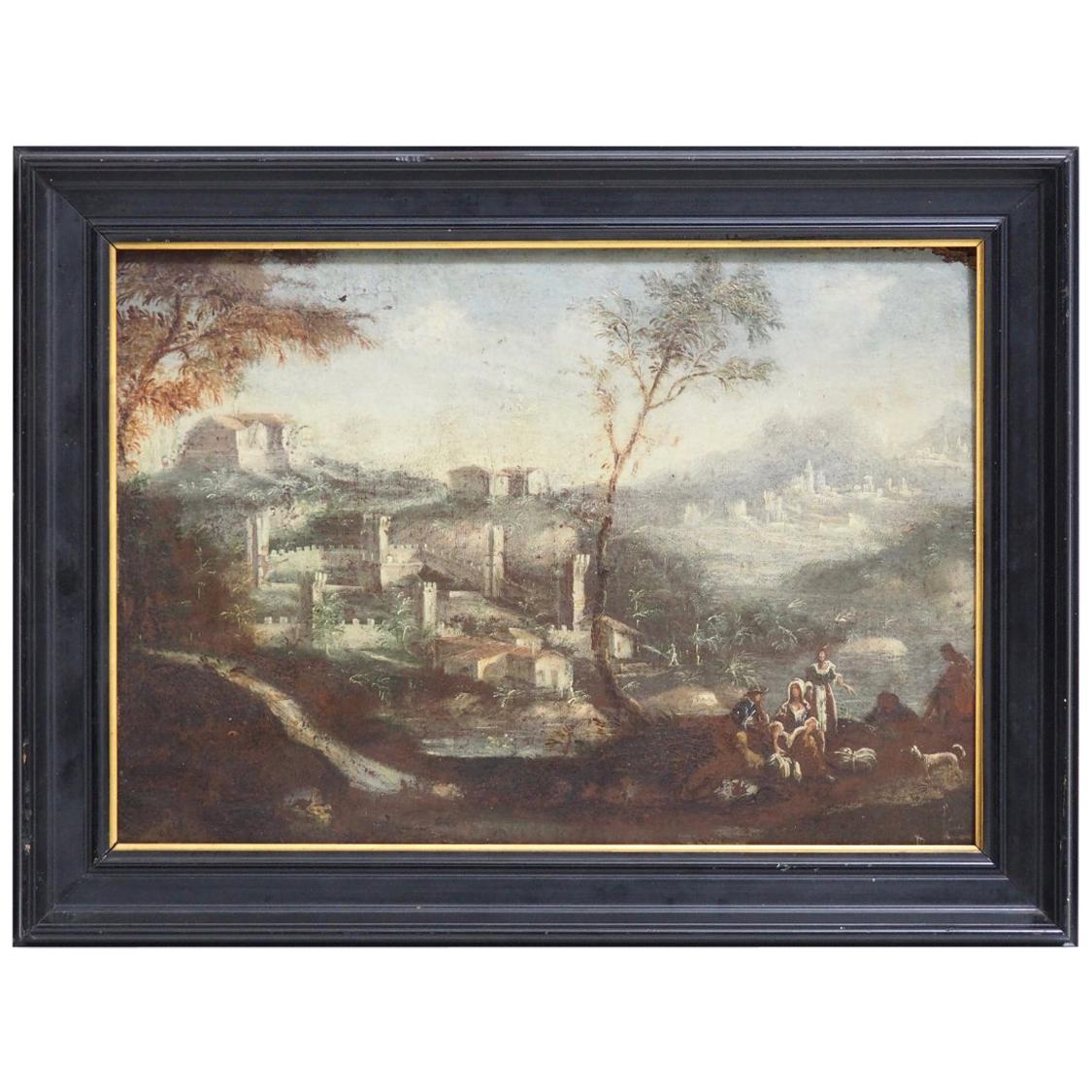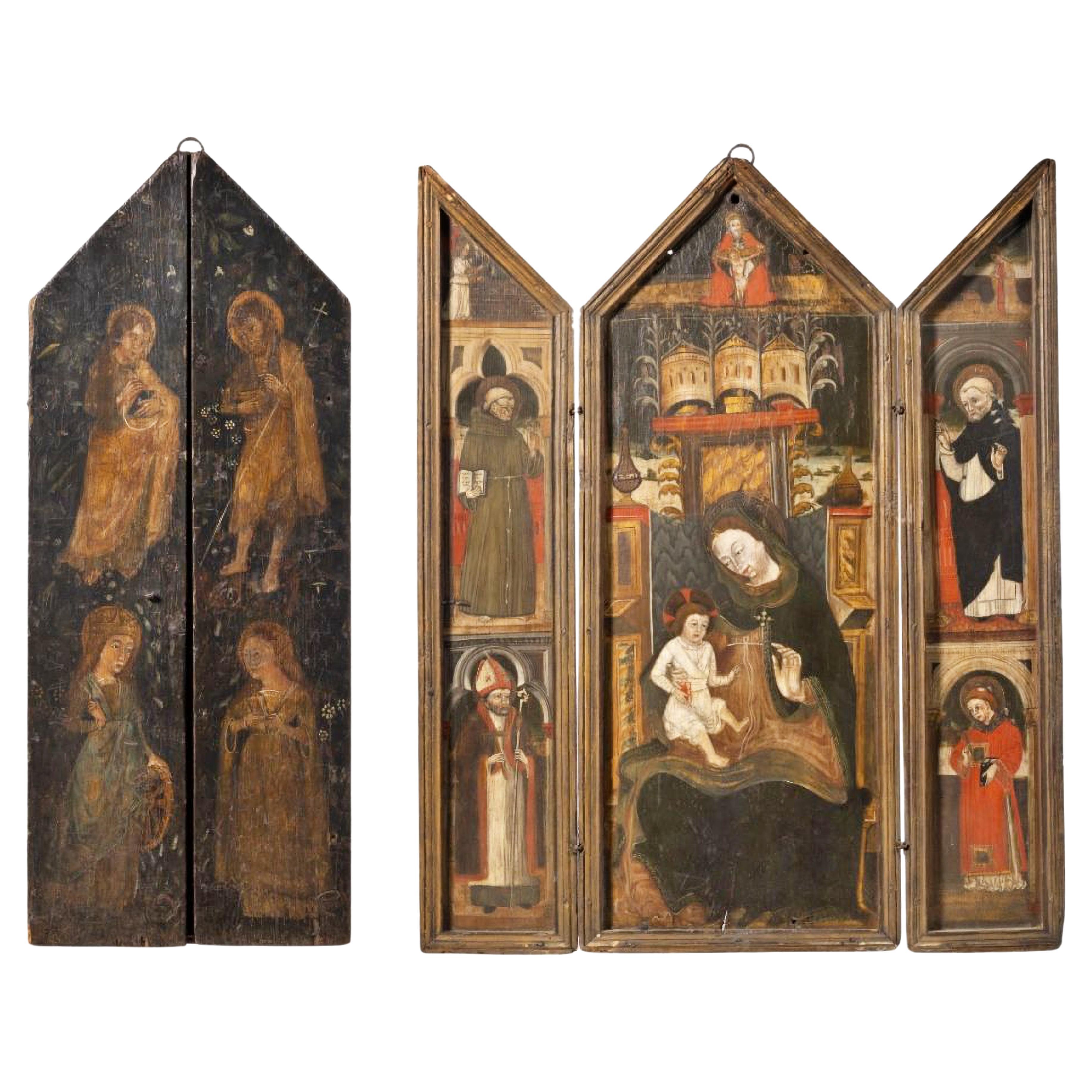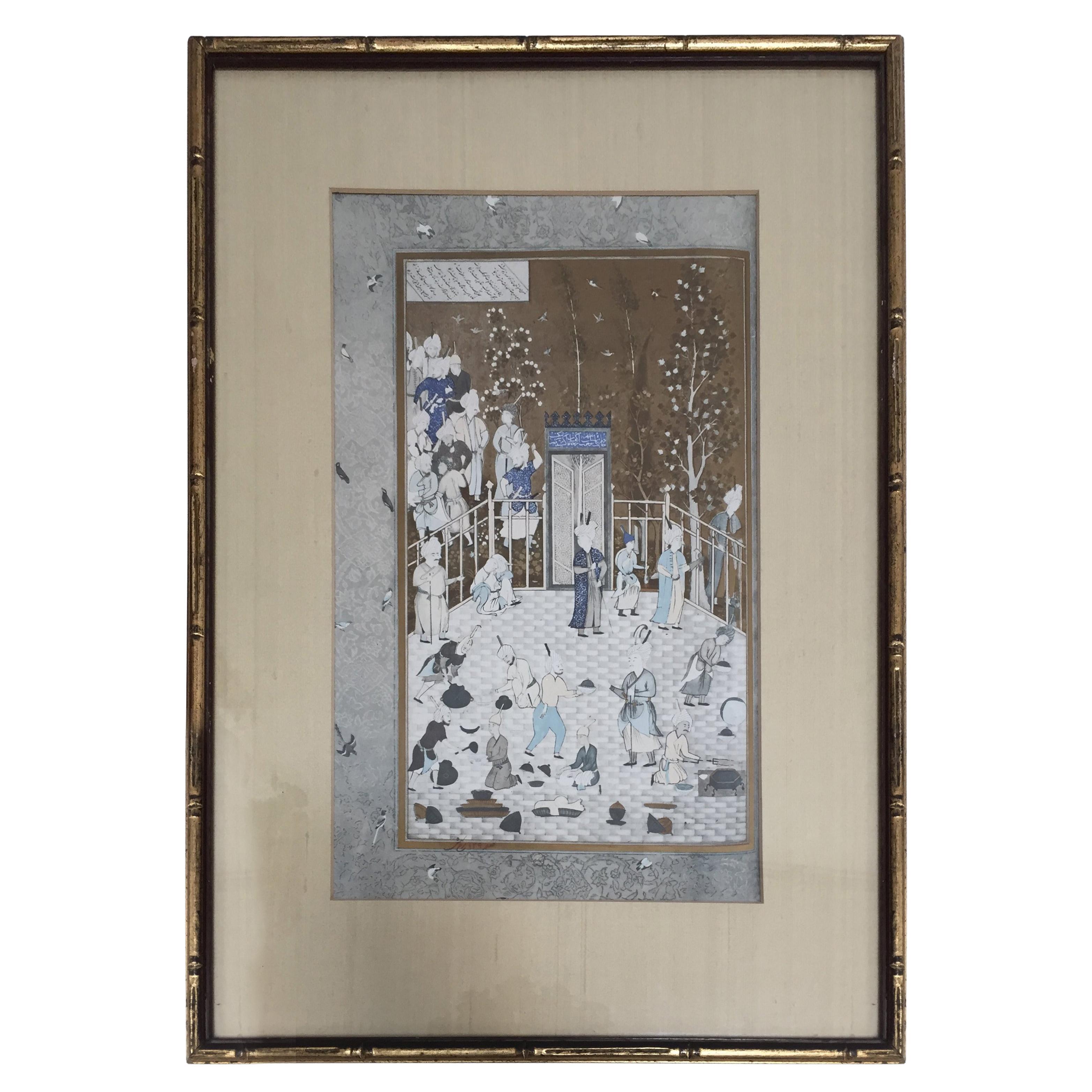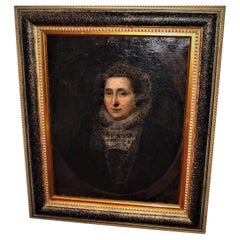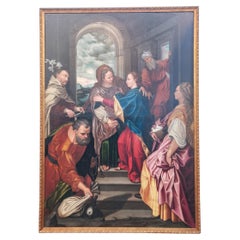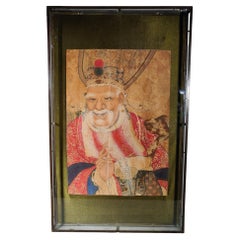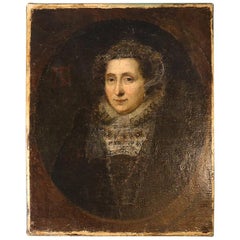
16th Century Portrait Mary Queen of Scots
View Similar Items
1 of 7
16th Century Portrait Mary Queen of Scots
About the Item
- Dimensions:Height: 35.44 in (90 cm)Width: 29.53 in (75 cm)Depth: 0.79 in (2 cm)
- Materials and Techniques:
- Place of Origin:
- Period:
- Date of Manufacture:16th Century
- Condition:Wear consistent with age and use. Minor losses. Minor fading.
- Seller Location:Glencarse, GB
- Reference Number:1stDibs: LU4259215610552
You May Also Like
- Mary Queen of Scots period painting 16th.CenturyLocated in Perth, GBThis painting very much of the period of George Jamieson although with a contintal flavour It is worth considering this artist , He was born in Aberdeen, where his father, Andrew Jamesone, was a stonemason. Jamesone attended the grammar school near his home on Schoolhill and is thought to have gone on to further education at Marischal College.[2] Legend has it that Jamesone once studied under Rubens in Antwerp with Anthony van Dyck.[3] This is, however, yet to be proven as his name does not appear to be noted on the Guild registers of the town.[4] Since Rubens was exempt from registering pupils, the absence of Jamesone's name does not mean that the painter definitely did not study there. Mary Erskine Jamesone certainly did complete an apprenticeship under the supervision of his uncle, John Anderson, who was a popular decorative painter in Edinburgh at the beginning of the seventeenth century.[5] Jamesone finished this training in 1618. He is not recorded as being in Aberdeen again until 1620. If the Scotsman had gone to Antwerp, it would have had to have been between the years of 1618 to 1620. Career Whilst in Aberdeen, Jamesone made a name for himself painting portraits of local academics and scholars from the city's two feuding colleges: King's and Marischal. In 1633, when Charles I made his grand royal visit to Edinburgh, Jamesone rose from local to national fame. For this occasion the painter was asked to decorate a highly elaborate triumphal arch with the portraits of all the past kings of Scotland.[6] He was also given the honour of painting the portrait of Charles himself. It has been said that the king was so pleased with the result that he gave Jamesone a ring off his own finger as a reward.[7] After hearing of the King's approval, many of the Scottish gentry desired to be painted by the now highly reputable George Jamesone.[3] One of his finest examples is that of Mary Erskine which is on display at the National Gallery of Scotland. Jamesone had homes and studios in Aberdeen (on Schoolhill opposite St. Nicholas Kirk) and in Edinburgh (on the Royal Mile right next door to John Knox House). Having two bases allowed him to meet the demands of hundreds of patrons from the north to the south of the country. Jamesone died in Edinburgh in 1644 and was buried in Greyfriars Kirkyard in the centre of the city. The grave is largely illegible but lies on the east wall of the original churchyard.[8] Legacy Lady Janet Stewart Jamesone's pupil, John Michael Wright...Category
Antique 16th Century Scottish Elizabethan Paintings
MaterialsCanvas
- Monumental 16th Century Painting Depicting the Scene of the Visitation of MaryLocated in Torino, ITMonumental 16th century painting depicting the scene of the Visitation of Mary. Anonymous painter of the Lombard school. Coeval copy after Federico Bar...Category
Antique 16th Century Italian Renaissance Paintings
MaterialsCanvas, Wood, Paint
- Chinese Watercolor 16th CenturyLocated in Madrid, ESChinese Watercolor 16th century Ancient Chinese watercolor from the 16th century framed after the beginning of 1900. Total measures: 85x52x6 cm a...Category
Antique 16th Century Decorative Art
MaterialsPaper
$1,662 Sale Price20% Off - Antique Portrait of Mary Stuart, Queen of Scots, 1618Located in Langweer, NLAntique portrait titled 'Maria Stuaert (..)'. Old portrait of Mary Stuart, Queen of Scots. This print originates from 'L'histoire des Pays-Bas d'Emanuel de...Category
Antique 17th Century Prints
MaterialsPaper
- 16th/17th Century Orthodox Religious Icon on Board of the Virgin Mary and JesusLocated in Hastings, GBAn impressive and large scale painting on board of the Mother Mary holding the infant Jesus, each displayed wearing a crown with a golden sacred heart, probably Hungarian, the inscription underneath reads ‘Zdravas Kralovno’ in Slovak, which translates to the Latin Salve Regina or Hail, Queen, these are a reference to the Latin Hymn of the same name, which is traditionally thought to have originated in 11th century Germany, and specifically to the monk Hermann of Reichenau. Unlike the Icons of Catholicism, these Eastern Orthodox Icons...Category
Antique 17th Century Hungarian Baroque Paintings
MaterialsWood
- 16th-17th Century Gentleman’s Portrait Oil on Canvas by Francesco ZuccoLocated in Milan, ITFrancesco Zucco (circa 1575-1627) Gentleman’s portrait Measures: Oil on canvas, cm 120 x 140 The painting analyzed here belongs to the pictorial production of Francesco Zucc...Category
Antique Early 17th Century Paintings
MaterialsCanvas
Recently Viewed
View AllMore Ways To Browse
Scottish Crest
Scottish Queen
Queen Of Scots
Mary Of Scots
Mary Queen Of Scots
Mary Queen Scots
Stewart Of Scotland
Royal Scot
Queen Mary Crest
Queen Mary Of Scots Portrait
Retro Furniture Ontario
Pennsylvania House Furniture Vintage
Mid Century Modern 1950 1960 Wall Art
Large Antique English Paintings
Used Furniture In Vancouver
Antique European Landscape Paintings
Vintage Furniture Va
Retro Furniture Rhode Island
